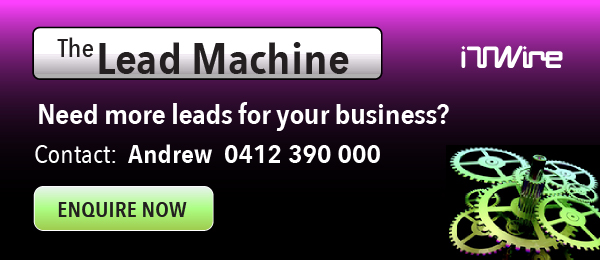Powercast said these sensors integrate into smart home ecosystems (Google Home, Amazon Alexa, Samsung SmartThings) using Matter, install anywhere, eliminated home wiring, won’t require battery maintenance, and keep toxic disposable batteries out of landfills.
Powercast’s Wireless Smart Home Automation Sensor solution is powered by the company’s RF (Radio Frequency) over-the-air (OTA) wireless charging technology.
Manufacturers embedded Powercast’s tiny Powerharvester PCC110 wireless RF receiver chip and a small antenna into the sensors for around $1 at volume, then used a rechargeable battery or none at all.
|
|
Powercast made this move to enable either “battery-free or rechargeable-battery-based sensors to power themselves.
One RF transmitter in a room can power sensors installed up to 25 feet away, so placing one transmitter in each room will create a wireless power network that energises all the RF-enabled sensors throughout the home.
There are also options for RF transmitters, including a licensable reference design that lets manufacturers integrate the electronics needed to convert their household products into Ubiquity RF transmitters for only $5 bill-of-material (BOM) cost.
“Smart home automation sensors exist, but are limited by wires and disposable batteries,” observed Powercast chief operating officer and chief technology officer Charles Greene Ph.D.
“Powercast’s solution for creating sustainable, untethered wireless sensors eliminates ever having to charge, replace or dispose of batteries because the sensors will be wirelessly charged, perpetually powered, and providing 24/7 intelligence with zero downtime.”
Range for OTA RF charging depends on how much power a device consumes; power-hungry devices must be closer to a transmitter while ultra-low-power devices like IoT sensors can work up to 120 feet away.
Home automation sensors are low-power devices and hence good candidates for OTA charging, said Powercast.
Sensor examples include contact (window, door), door lock, temperature, light, humidity, water, motion, and many more.
Powercast’s technology works with the Matter smart home connectivity standard and Thread wireless communication protocol, which ensures interoperability between devices and allows easy integration into industry-standard ecosystems like Google Home, Amazon Alexa, and Samsung SmartThings.
Because Thread uses the IEEE 802.15.4 mesh network which enables communication between devices, Thread-compliant devices inherently use less power, making them great candidates for OTA charging.
To showcase its Best of Sensors finalist technology, Powercast developed a window sensor it will demonstrate at Sensors Converge.
Internal testing on this Powercast-designed, Matter-compliant low-power window sensor showed it can charge up to 25 feet away from the transmitter using the Nordic nRF52840 Thread-complaint microcontroller. At this distance, the battery will never have to be replaced, Powercast claimed.
Nordic Semiconductor collaborated with Powercast on its Matter and Thread-compatible Wireless Smart Home Automation Sensor Technology.
“The Nordic nRF52840 System-on-Chip, in conjunction with the Nordic nRF Connect Software Development Kit uniquely supports concurrent wireless connectivity of multiple protocols. The SoC combines a 64MHz, 32-bit Arm Cortex M4 processor with floating point unit (FPU) and 1MB Flash memory and 256kB RAM, plus a 2.4GHz multiprotocol radio that supports Bluetooth 5, ANT, Thread, Matter, Zigbee, IEEE 802.15.4, and proprietary 2.4GHz RF protocol software,” said Nordic Semiconductor global business development manager Vince Hagen P.E.
The Powerharvester PCC110 receiver chip (in a SC-70 package) operates across a wide RF power (-17 to +20dBm) and frequency (10MHz to 6GHz) range to convert RF to DC with up to 75% efficiency.











































